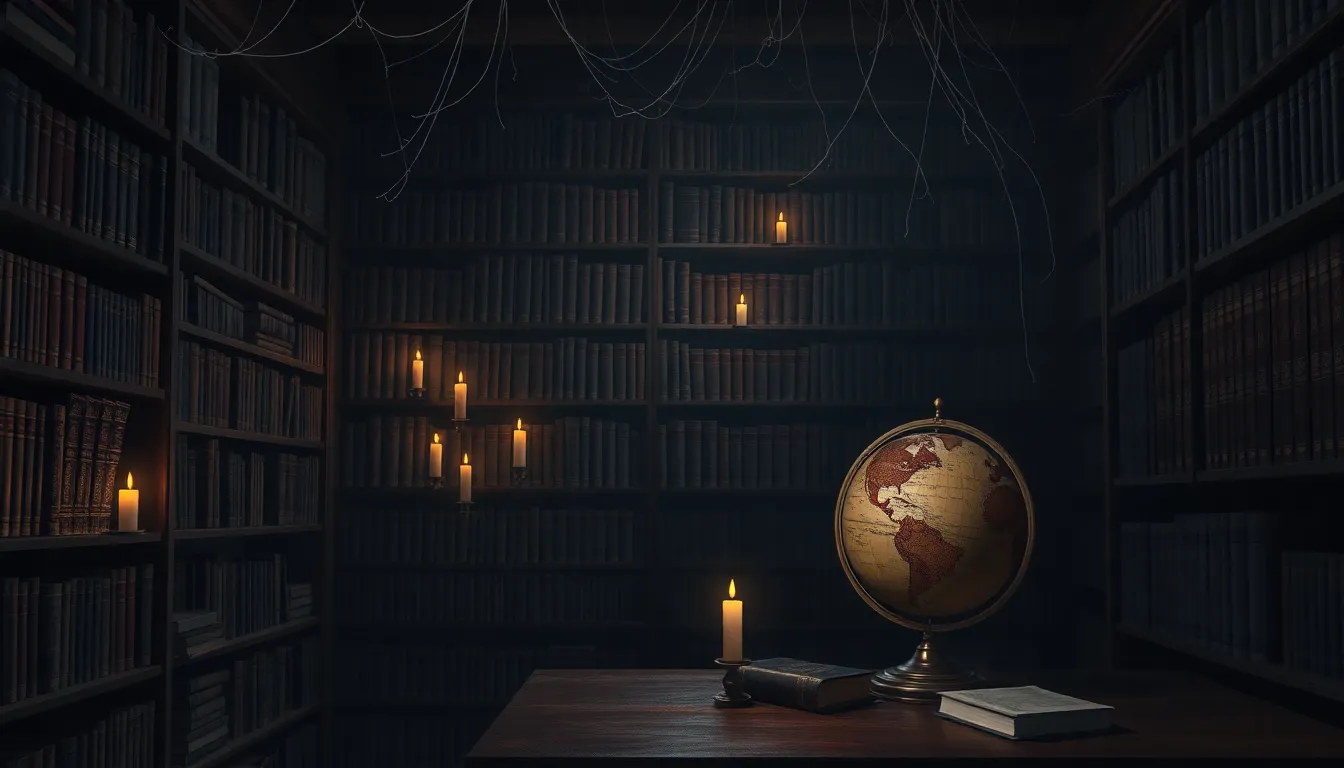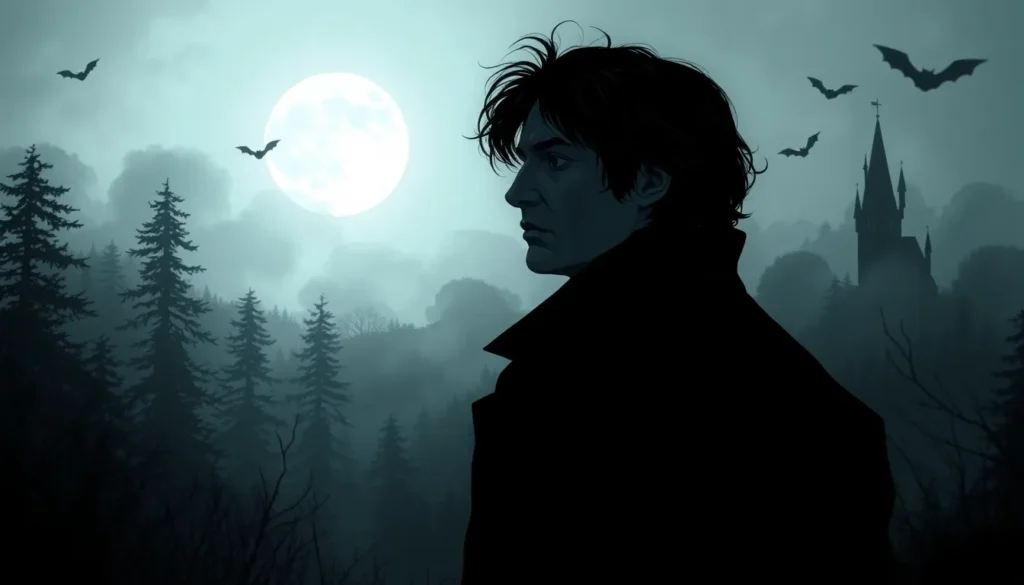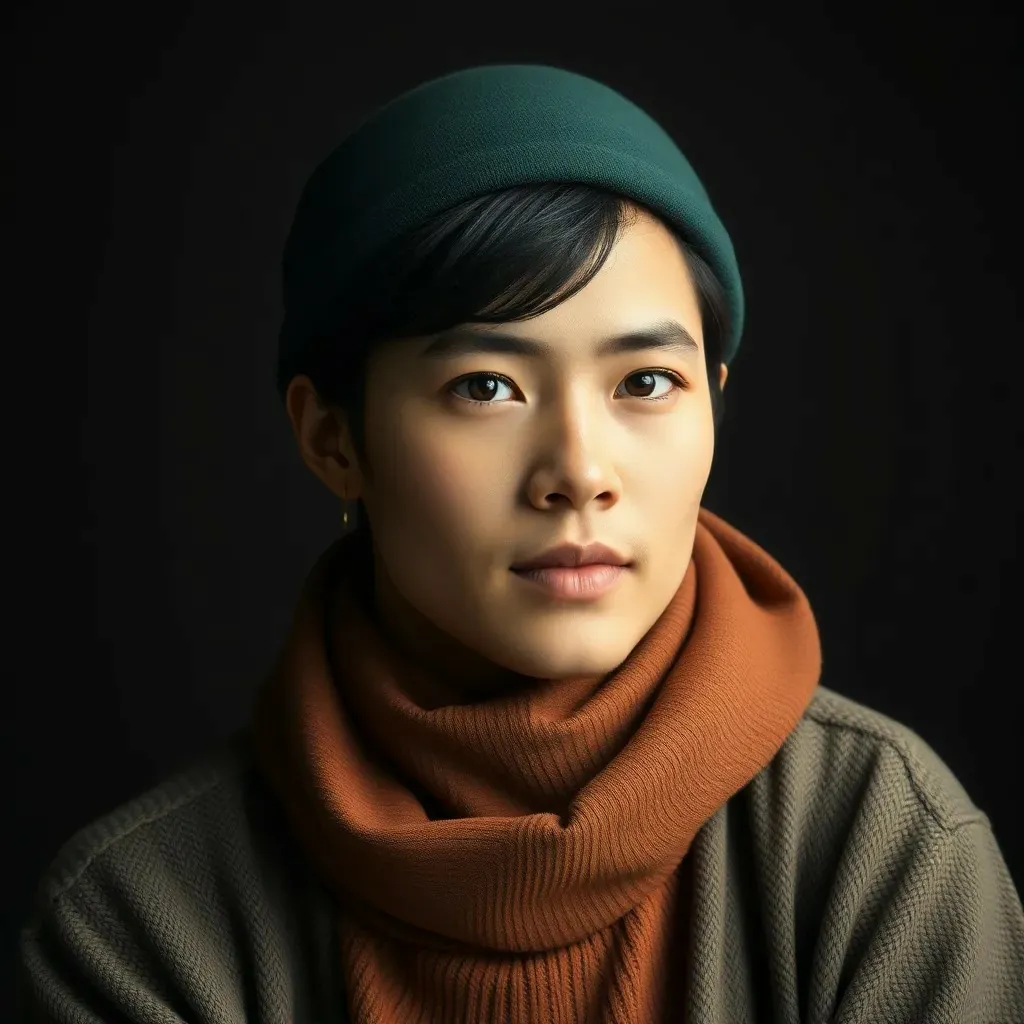Table of Contents
ToggleWhen the lights flicker and shadows creep, horror classics have a way of drawing you into their chilling embrace. These timeless tales, from the spine-tingling whispers of Edgar Allan Poe to the haunting landscapes of H.P. Lovecraft, have terrified and entertained generations. They remind us that the scariest monsters often lurk in the corners of our imagination, waiting for the perfect moment to pounce.
But don’t worry, you won’t need a therapist after diving into these stories. Instead, you’ll find yourself laughing nervously and clutching your popcorn as you explore the dark corners of literary history. Whether you’re a seasoned horror aficionado or a curious newcomer, there’s something in these classics that’ll send delightful shivers down your spine. Grab a blanket and prepare for a thrilling journey through the eerie and the extraordinary.
Overview of Horror Classics
Horror classics encompass a wide range of literary works that continue to influence the genre. Key authors like Edgar Allan Poe, known for his exploration of macabre themes, crafted stories that delve deep into the human psyche. H.P. Lovecraft revolutionized cosmic horror, creating unsettling atmospheres filled with dread and existential terror. Each tale adds to a rich tapestry of fear, where suspense and the unknown provoke intense emotional responses.
Themes within these classics often focus on isolation, madness, and the supernatural. Dark settings and complex characters enhance the chilling narratives. For instance, “The Tell-Tale Heart” reveals the mental unraveling of a murderer, while “The Call of Cthulhu” portrays humanity’s insignificance in the cosmos. Such works engage readers, immersing them in eerie landscapes that challenge perceptions of reality.
Influential works have established foundational tropes still utilized in contemporary horror today. Ghosts and monsters personify humanity’s deepest fears, while psychological thrillers explore the frailty of mental stability. Literary techniques like unreliable narration amplify tension, drawing readers further into the dread.
These timeless stories remain accessible, appealing to both seasoned fans and newcomers. Engaging with horror classics provides a chance to explore adrenaline-pumping moments and unexpected twists. Each reading can elicit laughter and fright in equal measure, reinforcing their position in literary history. The blend of fear and fascination makes horror classics a unique experience, inviting exploration into the shadows of the human experience.
Iconic Horror Classic Novels

Horror classic novels stand as enduring examples of the genre’s ability to evoke fear and fascination. These works have shaped literary traditions and influenced generations of readers.
Mary Shelley’s “Frankenstein”
Mary Shelley’s “Frankenstein” introduces readers to Victor Frankenstein, a scientist whose ambition leads him to create life. This creation, often mistakenly referred to as Frankenstein, grapples with abandonment and identity. Themes of isolation and humanity’s hubris permeate the narrative, showcasing the consequences of unchecked ambition. The novel raises ethical questions about scientific exploration and the responsibilities of creators towards their creations. Diverse emotions within the characters present complex relationships, enhancing the story’s chilling atmosphere. Published in 1818, “Frankenstein” continues to resonate, inspiring adaptations and discussions about moral dilemmas in science.
Bram Stoker’s “Dracula”
Bram Stoker’s “Dracula” revolves around Count Dracula’s sinister attempts to sustain his existence through the lives of others. This tale masterfully intertwines letters, journal entries, and newspaper articles to build suspense. The character of Jonathan Harker embarks on a terrifying journey that reveals the vampire’s power and allure. Themes of seduction and the battle against evil emerge throughout the narrative. Stoker also explores Victorian anxieties surrounding sexuality and immigration, making the story deeply reflective of its time. Since its publication in 1897, “Dracula” established vital elements in vampire lore and remains a cornerstone of horror literature, influencing countless adaptations and interpretations.
Influential Horror Classic Films
Horror classic films have left an indelible mark on the genre, setting benchmarks for suspense and fear. These films combine innovative storytelling with iconic imagery.
Alfred Hitchcock’s “Psycho”
Alfred Hitchcock’s “Psycho” revolutionized the horror genre in 1960. It introduced the shocking concept of a split personality through the character Norman Bates. The film’s infamous shower scene remains one of the most iconic moments in cinema history. Audiences first encountered a gripping blend of psychological and slasher elements, redefining what horror could achieve. “Psycho” effectively subverts narrative expectations, engaging viewers with its startling twists. Critical acclaim has positioned it as a staple in film studies, influencing countless filmmakers and inspiring remakes and tributes.
Stanley Kubrick’s “The Shining”
Stanley Kubrick’s “The Shining,” released in 1980, presents a chilling exploration of madness and isolation. Jack Torrance’s descent into insanity unfolds in the eerie Overlook Hotel, serving as a backdrop for supernatural events. Visual storytelling employs striking cinematography, with memorable scenes like the blood-filled elevator and the haunting twins. Psychological horror combines with elements of the paranormal, creating a unique viewing experience that engages audiences on multiple levels. Scholars frequently analyze its symbolism and thematic depth, illustrating how “The Shining” reinforces concepts of domestic horror and human fragility. This film continues to captivate viewers, cementing its status as a cornerstone of horror cinema.
The Evolution of Horror Classics
The evolution of horror classics showcases the genre’s enduring qualities. Over time, themes from early texts extend into modern narratives, shaping contemporary works.
Impact on Contemporary Horror
Contemporary horror draws heavily from classic literature’s foundational elements. Writers frequently cite Edgar Allan Poe’s atmospheric tension and H.P. Lovecraft’s cosmic horror as central influences. Moreover, horror films reference iconic scenes and motifs established by classic works. “Dracula” and “Frankenstein” continue to inspire reimaginings that highlight ethical dilemmas and existential questions. Psychological and supernatural themes permeate modern storytelling, reflecting societal fears. As a result, readers and viewers can trace their favorite horror tropes back to these timeless pieces.
Themes and Motifs in Horror Classics
Classic horror literature features recurring themes that resonate across generations. Isolation often serves as a backdrop, intensifying characters’ struggles with madness. Supernatural elements, such as ghosts and monsters, embody humanity’s darkest anxieties. Identity crises, evident in “Frankenstein,” challenge moral boundaries while showcasing human ambition. Through suspenseful storytelling, classic works examine societal issues, making them relevant today. These themes continue influencing new narratives, allowing modern creators to explore the depths of fear and horror.
Horror classics hold a special place in the hearts of readers and viewers alike. Their ability to evoke fear while exploring the darker aspects of humanity makes them timeless. These stories and films not only entertain but also provoke thought about ethical dilemmas and societal issues.
As the genre evolves, the influence of these foundational works remains evident. New interpretations continue to emerge, breathing fresh life into classic themes. Engaging with horror classics provides a thrilling journey into the unknown, inviting audiences to confront their fears and embrace the excitement of the eerie.
Whether through chilling narratives or iconic films, horror classics will always captivate those willing to explore the shadows of the human experience.




